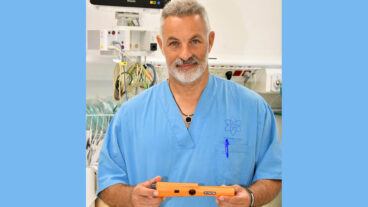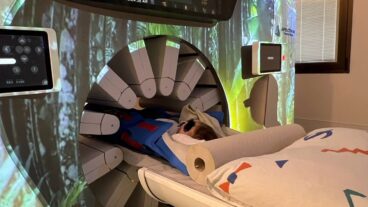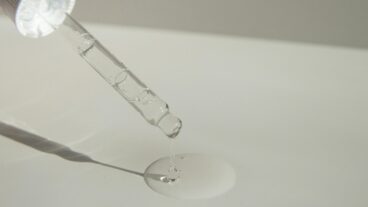New ultrasound device may replace liposuction surgery. (BBC)Researchers at Tel Hashomer’s Sheba Hospital have reportedly developed a handheld device that could allow patients to go for liposuction treatments during their lunch break. The noninvasive ultrasound technique pummels fat cells into submission, according to senior plastic surgeon Dr. Ami Glickman and ultrasound specialist Dr. Yoram Eshel.
The researchers say their technique will cause far less “collateral damage” to blood vessels and other tissues such as skin and muscle, and will also allow more accurate targeting of even relatively small areas of excess fat.
“It is going to be a totally noninvasive procedure – no operating room will be needed,” Glickman said. “You walk in, you get it, and you walk out.”
“We have completed our research and we have our first prototypes working. We can selectively destroy the fat cells without harming other tissues such as skin, muscle, bone and nerves,” he told the Daily Telegraph this week.
Conventional liposuction techniques for the removal of fat deposits often need to be performed under general anesthetic, and require a period of recuperation for patients. Some forms of liposuction already employ ultrasound probes to liquefy fat and make it easier to be sucked out. The Tel Hashomer team found that with their device, even when used externally, the broken down fatty liquid could simply be reabsorbed back into the bloodstream over the course of the following few weeks.
According to the researchers, there would not even be any need for the patient to be on a diet for their technique to be effective. The idea, Glickman said, was to make the client’s body do the cleaning up. The white cells of the immune system would mop up the debris and the body would metabolize the fat once it was released from fat cells ruptured by the high-frequency sound waves.
The doctors admitted that less fat could be removed in each session – doctors trying the device will be advised to limit the amount of fat removed using the ultrasound machine to half a liter (just under a pint) at a time. “It will take two or three weeks for the tissue to be absorbed, so basically you could come back in a month,” Glickman said.
“The inherent safety of our method lies in the fact that we do half the traditional job compared to liposuction and let nature do the rest,” Eshel said.
According to the Daily Telegraph, an estimated one million men and women around the world undergo liposuction surgery a year. Americans alone spent $2 billion seeking the “perfect” figure last year. The prospect of a noninvasive method, with no risk of infection, would be greeted with delight, the paper reported.
Doctors remain skeptical as to the success of the new ultrasound technique and are interested in seeing strong evidence that it works. “If it does work, it will be a major advance. It’s a fabulous concept,” said Dan Goldberg, medical director of the Hurlingham Clinic in southwest London.
Trials on human patients are due to begin in Britain next year, the Daily Telegraph reported. So far the technique has only been tested on pigs.












